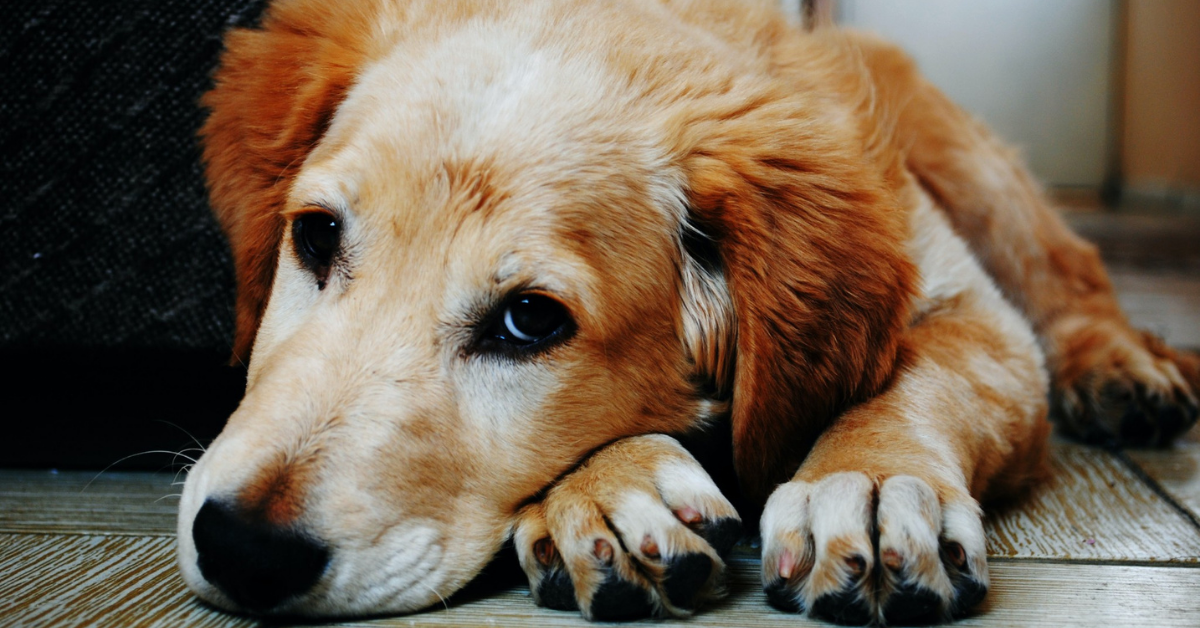
Pet Burial
When faced with the loss of a pet, family members must deal with a variety of emotions and choices. The disposition of your precious pet’s remains is one of the difficult decisions to make at this time of loss. Pet owners often choose to bury their pet and must consider a variety of factors to determine which option works best for their family.
Providing a dignified funeral and burial for your pet can be a comforting farewell for your family. Gathering the right information is important. Speak to your vet, local funeral homes or pet cemeteries about option on where and how to treat your pet’s remains with the most care and respect. Don’t forget local resources such as shelters, rescues or breed fanciers groups. They often know many “pet people and resources” not readily available. Internet searches and resources such as this article are also valuable sources to help you with your task.
Home Burial
An inexpensive and frequently chosen burial option, especially for families with children, is to bury the pet at home. This type of burial is a way of keeping the animal close to the family. Having your pet nearby can also provide your family with a way to celebrate life with a constant nearby memorial. Home burial allows owners to create a permanent marker—a statue, gravestone, or tree as a reminder of their pet and its life with the family.
There are a few things to be aware of when considering home burial. Some states and localities have laws governing the burial of animals on homeowner land. Be sure to check with your city or county health department to learn specific regulations in your area. Some communities have homeowner’s associations, which may have additional rules about disposal of pets on private or common property. Finally, contact local utility companies before digging to make sure that your pet’s burial site does not damage gas, electric, or water lines.
After checking to be sure a home burial is allowed, you need enough space to bury your pet. The remains must be buried in a place where they will not be disturbed or become a health hazard. Be sure your pet’s remains are placed in a container to keep them together in one location. For these reasons, some pet experts discourage home burial, especially for large animals.
Cemetery Burial
Another option for pet burial is cemetery burial. Pet cemeteries and burials have been around for centuries. Burying pets is an ancient custom known in many cultures, according to National Geographic, the oldest known pet cat was found in a 9,500 year old grave on the island of Cyprus, buried with a human. The great number of mummified animals discovered over the years in ancient Egyptian tombs offers clear evidence that the ancients considered memorializing their animal companions to be very important indeed. (http://ngm.nationalgeographic.com/2009/11/animal-mummies/williams-text/2)
Today, pet cemeteries are also common and located in every state. These cemeteries can offer a more “formal” experience for grieving families. Cemetery burial ensures that your pet will never be disturbed or moved. While sometimes costly, cemetery burial is often a better choice as pet owners can move from their homes and a pet cemetery will always be in the same location. Pet cemetery companies can also be available to pick up your pet’s remains and most provide complete funeral and memorial services including wakes, viewings, casket choices and more. Visit www.iaopc.org for a reference to pet cemeteries.






